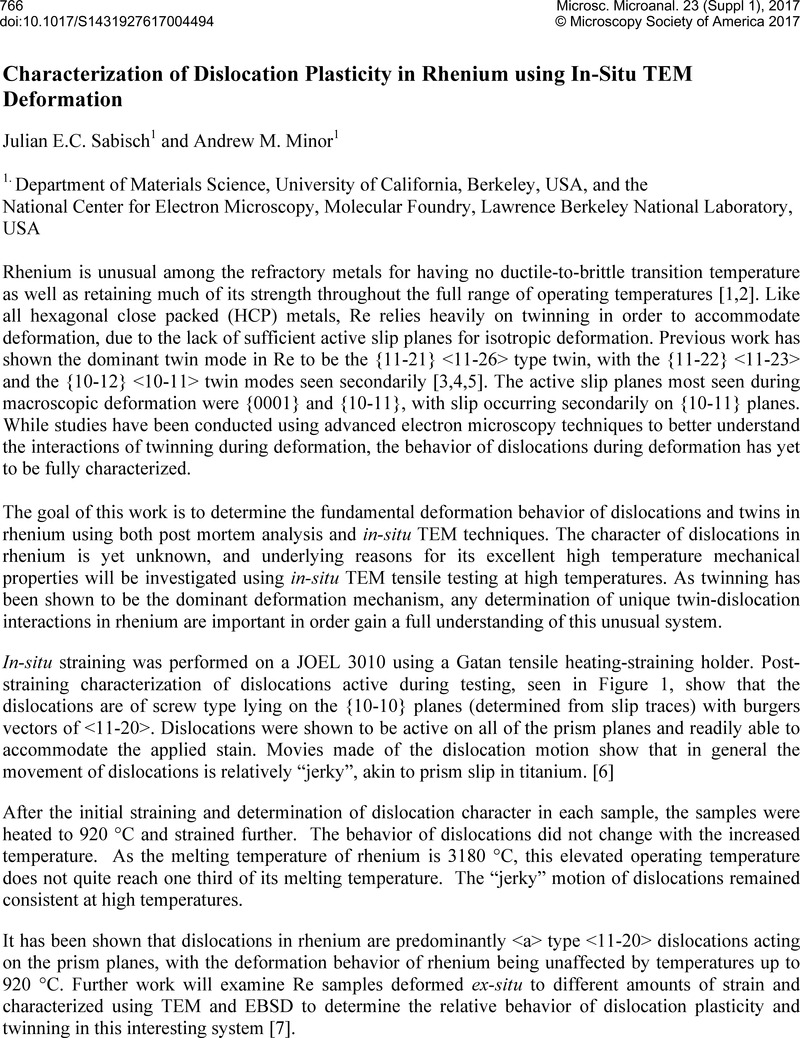Crossref Citations
This article has been cited by the following publications. This list is generated based on data provided by Crossref.
Liu, Huaping
Xu, Chao
Liu, Chunmei
He, Genchun
Yu, Tian
and
Li, Ying
2020.
Probing the indentation induced nanoscale damage of rhenium.
Materials & Design,
Vol. 186,
Issue. ,
p.
108362.
Fan, Linhao
Li, Dong
Jia, Shudang
Tao, Fu
and
Chen, Jieshi
2021.
Microstructure and mechanical properties of rhenium and GH3128 superalloy dissimilar welded joints by electron beam welding.
Materials Research Express,
Vol. 8,
Issue. 5,
p.
056512.





